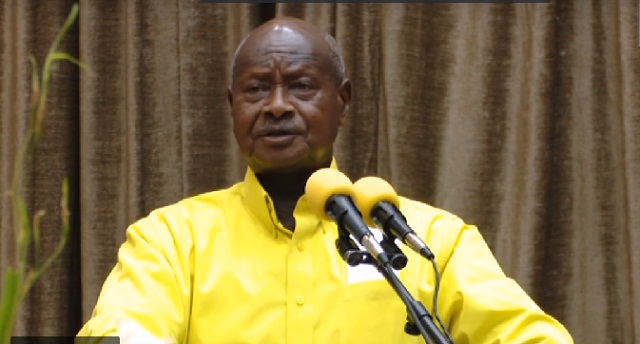
The Commissioner in charge of Health Promotion at the Health Ministry, Dr. Richard Kabanda, says the CHEWs will soon start being deployed. By December, both the recruits and their tutors were still being oriented. He says they will work hand in hand with the already existing VHTs who are also being trained in disease surveillance.
Kabanda says his docket will majorly focus on prevention and creating awareness on how to deal with non-communicable diseases. He calls them Uganda’s next public health crisis that people have not realised yet.
“Now that we have brought HIV prevalence down, malaria is being tackled, the President is telling us to go into prevention of new threats. We are seeing the number of people with heart disease and cancer swelling. He told us the country will not afford to treat them. We just have to prevent them,” he said, “We are realising they are a public health crisis in waiting.”
Seeking treatment at UCI
The Uganda Cancer Institute (UCI) seems to be already feeling the pressure. Dr. Jackson Orem, the Institute’s Executive Director says with the bulging number of people requiring treatment, they will no longer offer some treatments free of charge.
At a press conference on Dec.10, he told journalists that the government cannot afford to offer treatment for all who need it and that they have resolved that they start generating money to supplement the small share funds they get from government. For Financial year 2018/19, he said they are required to generate Shs1.6 billion to add on their allocation of Shs40.2 billion.
Starting January, he said another radiotherapy machine will be in place but users will be required at pay a fee to access radiology treatment. Ugandans seeking the service in the General category are supposed to pay Shs300,000 whereas those on the private plan will pay Shs500,000. International patients are charged US$2000. Other services to be paid for are ultra sound scans and X-rays.
With these fees and a more efficient linear accelerator machine expected in March, Orem promises a better service than what patients have been experiencing. He says long queues and sometimes having to spend nights at the radiology department awaiting chance of treatment which at times can come in weeks or even a month should end or reduce.
Like in cancer treatment, the HIV sector is also going the direction of finding its own funds. Dr. Nelson Musoba, the Uganda AIDS Commission Director General, says in addition to the government directive to all ministries to allocate 0.1% of their budgets to the HIV/AIDs response, they are engaging the private sector to raise funds to enroll more people on treatment through a campaign dubbed `One Dollar Initiative’. Launched in 2017, it aims to engage members of the public to contribute a dollar so that US$1billion is raised in five years in order to deal with stock outs and ensuring that all those who need treatment get it.
 The Independent Uganda: You get the Truth we Pay the Price
The Independent Uganda: You get the Truth we Pay the Price


